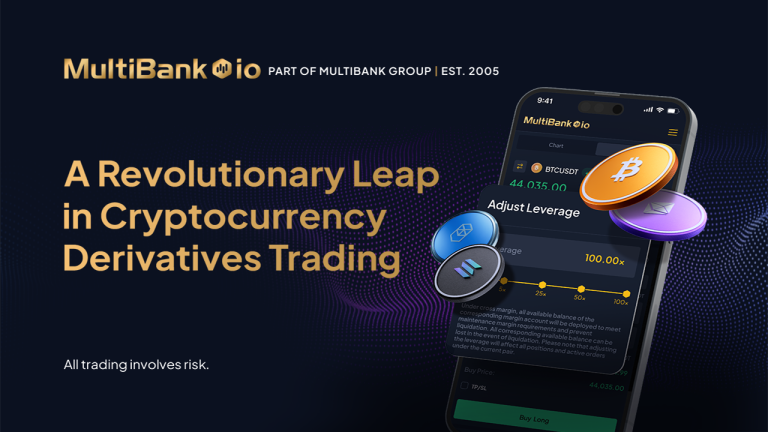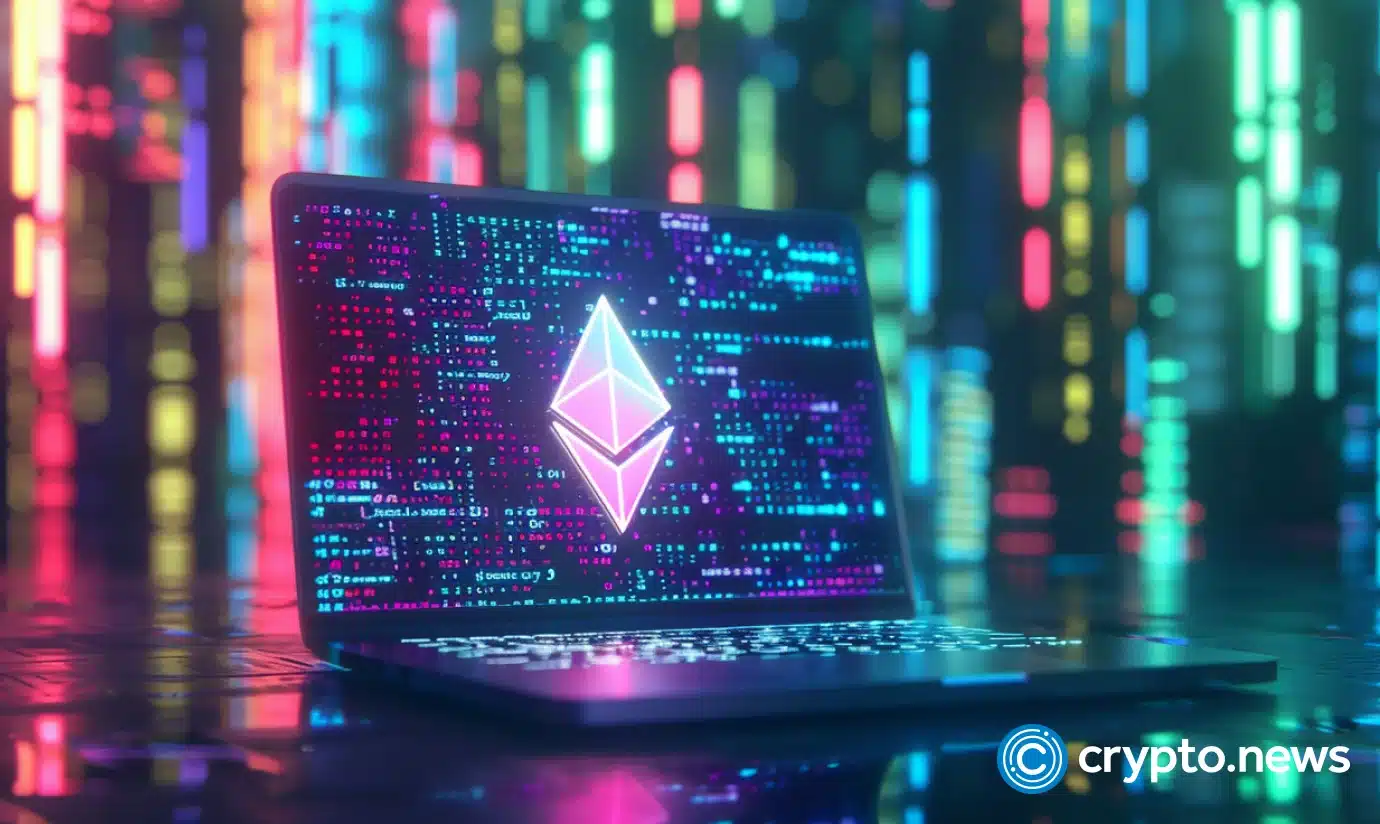
The STRK token of Starknet, which will be launched on the markets on February 20th, could debut with a market cap of 1.2 billion dollars.
This is what can be deduced from the future pre-launch on the decentralized exchange Aevo, which suggests a launch price of about $1.7.
The launch of Starknet (STRK) and the expected market cap
Yesterday, the airdrop of Starknet’s STRK tokens was announced.
The announcement was made by the Starknet Foundation, which revealed that the airdrop will reward approximately 1.3 million users who have participated in the system’s testing over the past months and have supported it.
A total of over 728 million STRK tokens will be launched, and if their initial market price were to be around $1.7, the initial market capitalization would be approximately $1.24 billion.
Note that these tokens are actually given away, as airdrops are automatic distributions, and this could also lead many of those who receive them to sell them.
In theory, if strong sales were to occur, the price could drop, but in the past, other similar airdrops have seen the token price actually rise in the following days.
A lot depends on the success of the Starknet project, because if many people believe that there could be a future increase in the value of STRK tokens, they may decide not to sell them.
The Starknet Layer-2
Starknet is a layer-2 Validity-Rollup (ZK-Rollup) on Ethereum. It allows dApps to massively scale without compromising security.
The Starknet smart contract has been in existence for over a year, and until now this layer-2 has been functioning without its own token.
Thanks to the airdrop, next Tuesday it will also debut on the crypto markets.
Starknet moves transaction processing off the main Ethereum network, and executes it off-chain. However, it creates an on-chain summary of the transactions by grouping them into batches, for each of which a single on-chain transaction is written.
This greatly reduces fees, but still guarantees the integrity of the transactions themselves and their execution.
To achieve this, it uses STARK (Scalable, Transparent Argument of Knowledge) proofs and only transmits the essential information of the batch and the proof to the Ethereum blockchain.
It is not the only layer-2 of Ethereum that works this way.
Will the Starknet token (STRK) already have a $1 billion market cap?
On the decentralized exchange Aevo, STRK futures made their debut yesterday after the airdrop announcement.
The initial price was $1, although during the first hour it had then dropped to $0.5.
Starting from the second hour of presence on Aevo, the price of future on STRK has risen significantly, first going back above $1 and then even rising above $2.
Therefore, it was a launch with high volatility, although it started to decrease from the third hour of presence on the market.
Later on, the price actually dropped below $1.6, but only to stabilize around $1.7.
Aside from the initial hours of strong volatility, $1.7 seems to be the price that speculators are betting on.
The STRK token will be used for community participation in the project and for governance, and this could be enough to give it value.
Note that 1.2 billion dollars of market capitalization is more or less the current value of DYM (Dymension), a token launched at the end of January with another airdrop.
It is also more or less the value of the BLUR token of the homonymous NFT marketplace that has surpassed OpenSea becoming the largest in the world in terms of volumes.
Therefore, although such a market capitalization would place STRK only in sixtieth place, it would still be an important value, greater for example than that of FTM (Fantom), SAND (The Sandbox), BTT (BitTorrent) or XTZ (Tezos).
The rollups on Ethereum
Currently, rollups on Ethereum are considered by many to be the best medium/short-term solution for Ethereum scalability.
These are layer-2 solutions that allow for a significant reduction in transaction costs, without compromising security.
It is true that the next Dencun update will introduce proto-danksharding on the Ethereum blockchain, but this will not eliminate the need for rollups.
Until the launch of actual sharding, which could also happen in several years, rollups remain probably the best layer-2 solutions.
At this moment, the TVL already present on Starknet is only 55 million dollars, while for example on Arbitrum it is almost 3 billion dollars.
Arbitrum is currently the most used layer-2 on Ethereum, especially in the DeFi sector, and it is also a rollup.
It should be noted that there is indeed competition among the various rollups on Ethereum, so Starknet could also face competition from Arbitrum.
Moreover, not only Arbitrum now dominates in the DeFi sector, but it has been around for almost three years. On the other hand, Starknet has only been around for just over a year and has grown significantly only since the middle of last year.
For example, Arbitrum reached $50 million TVL already in September 2021, which is more than two and a half years ago.
Other major competitors are Polygon and Optimism.

 2 months ago
20
2 months ago
20









 English (US) ·
English (US) ·